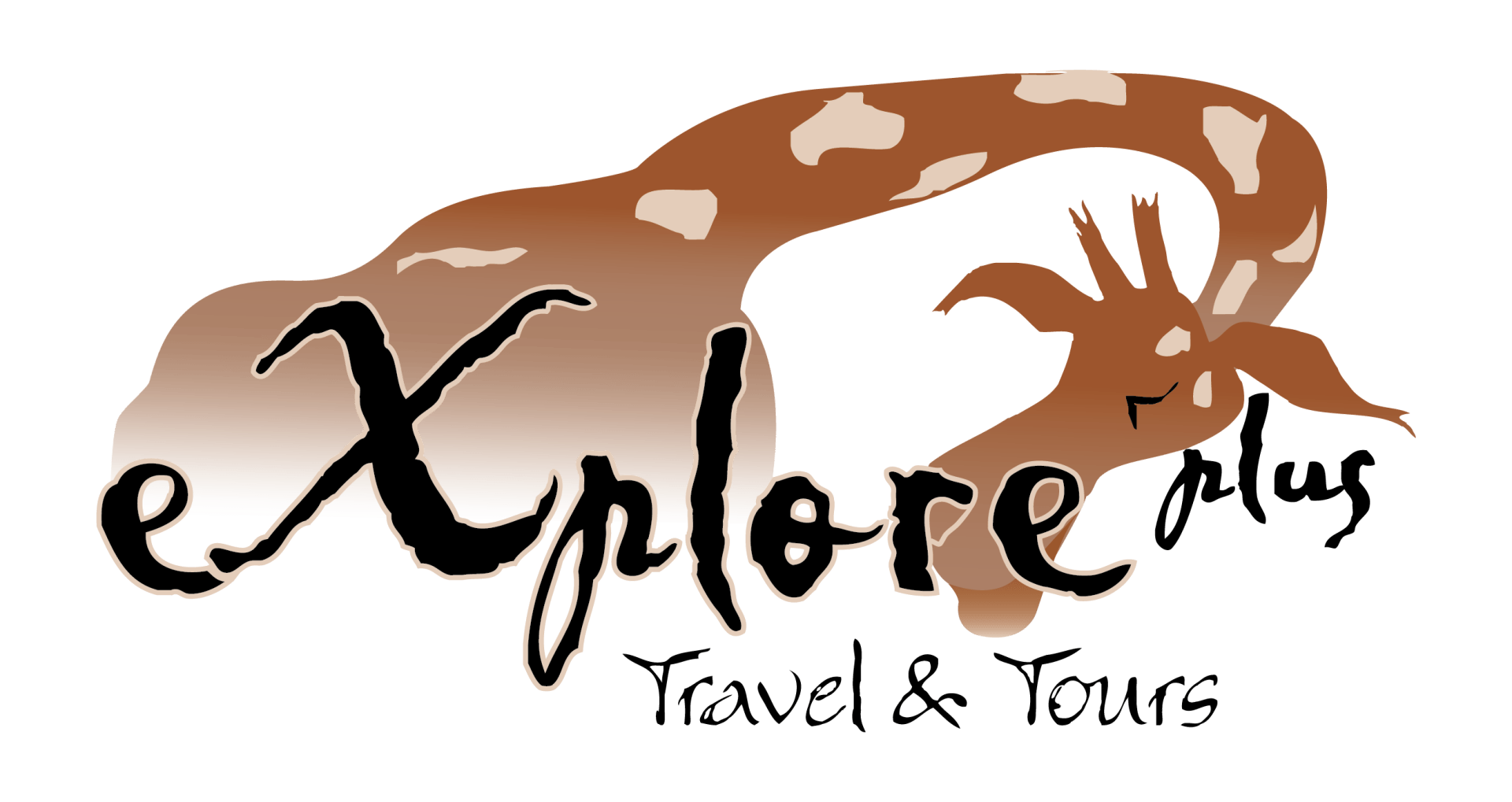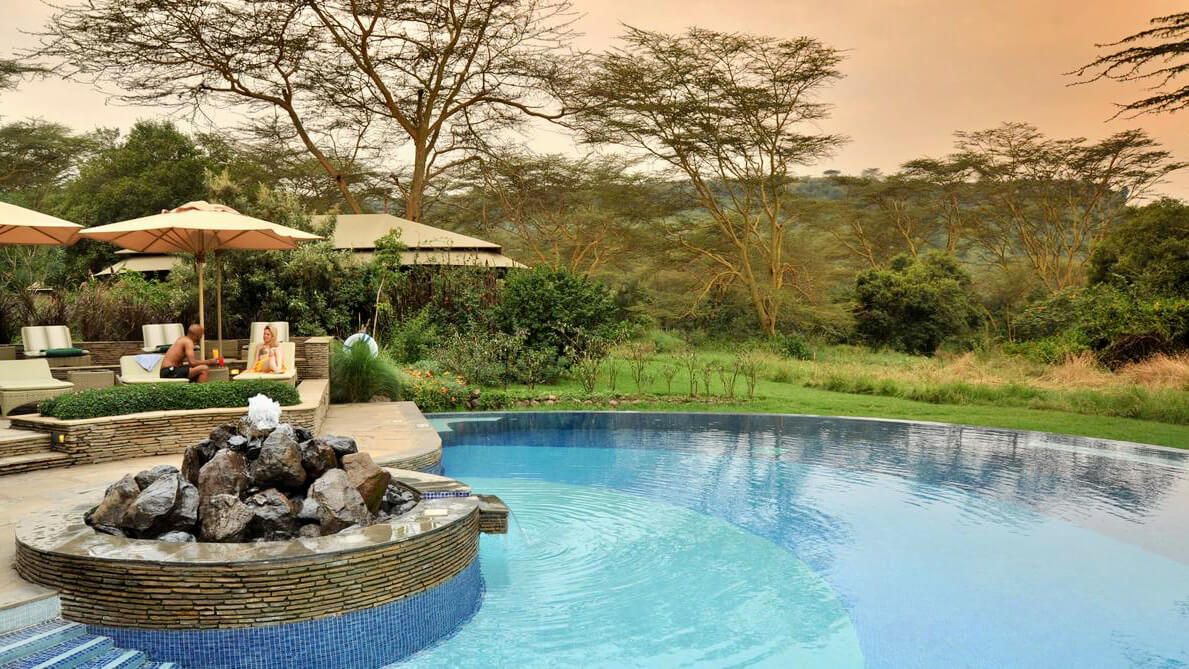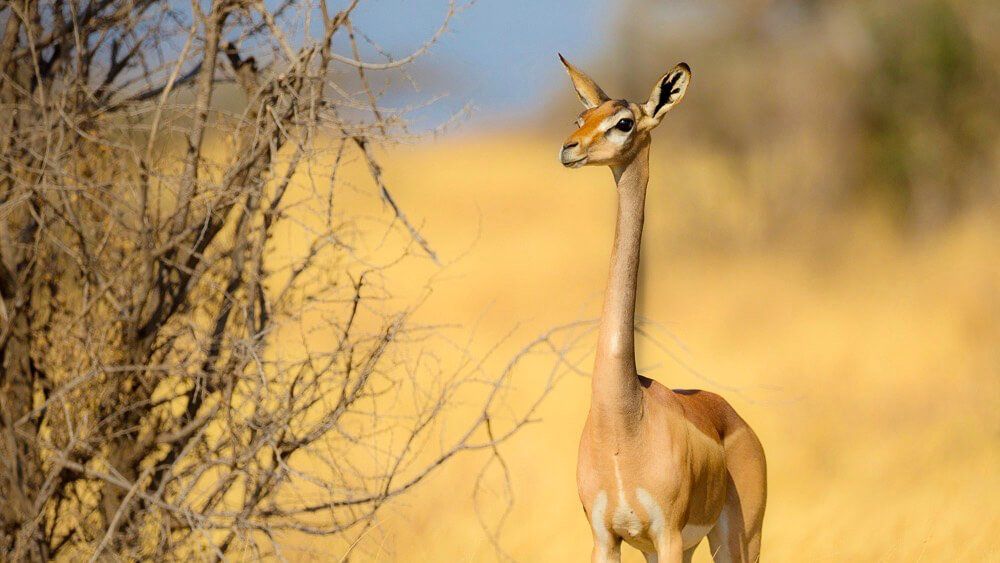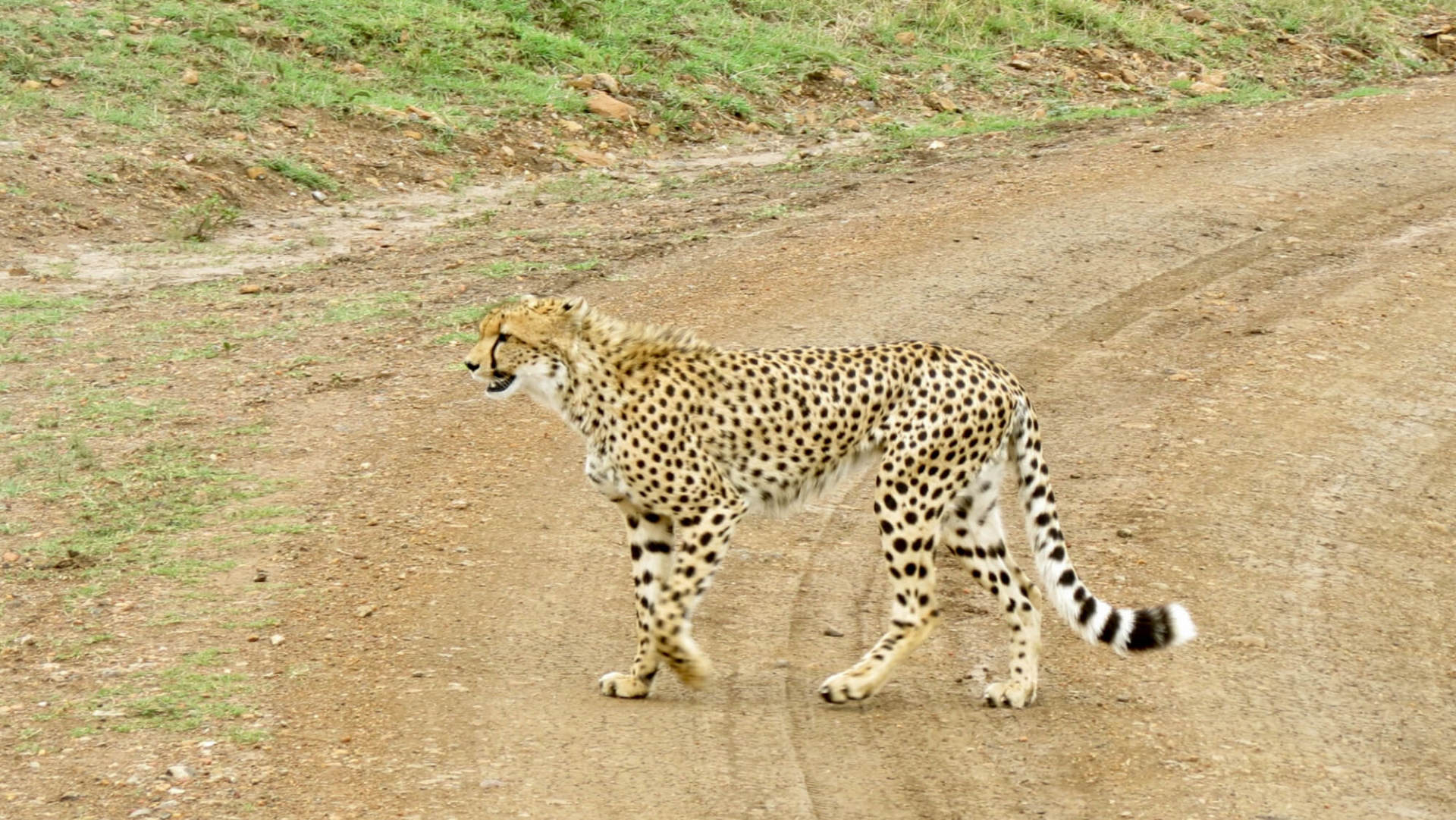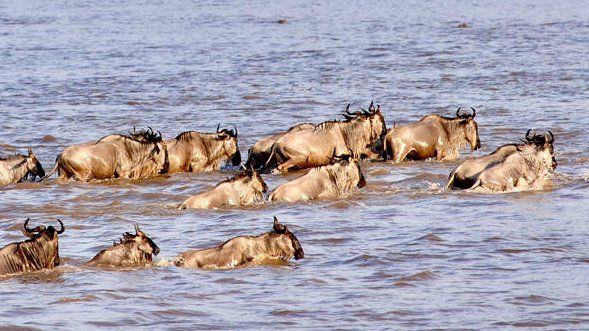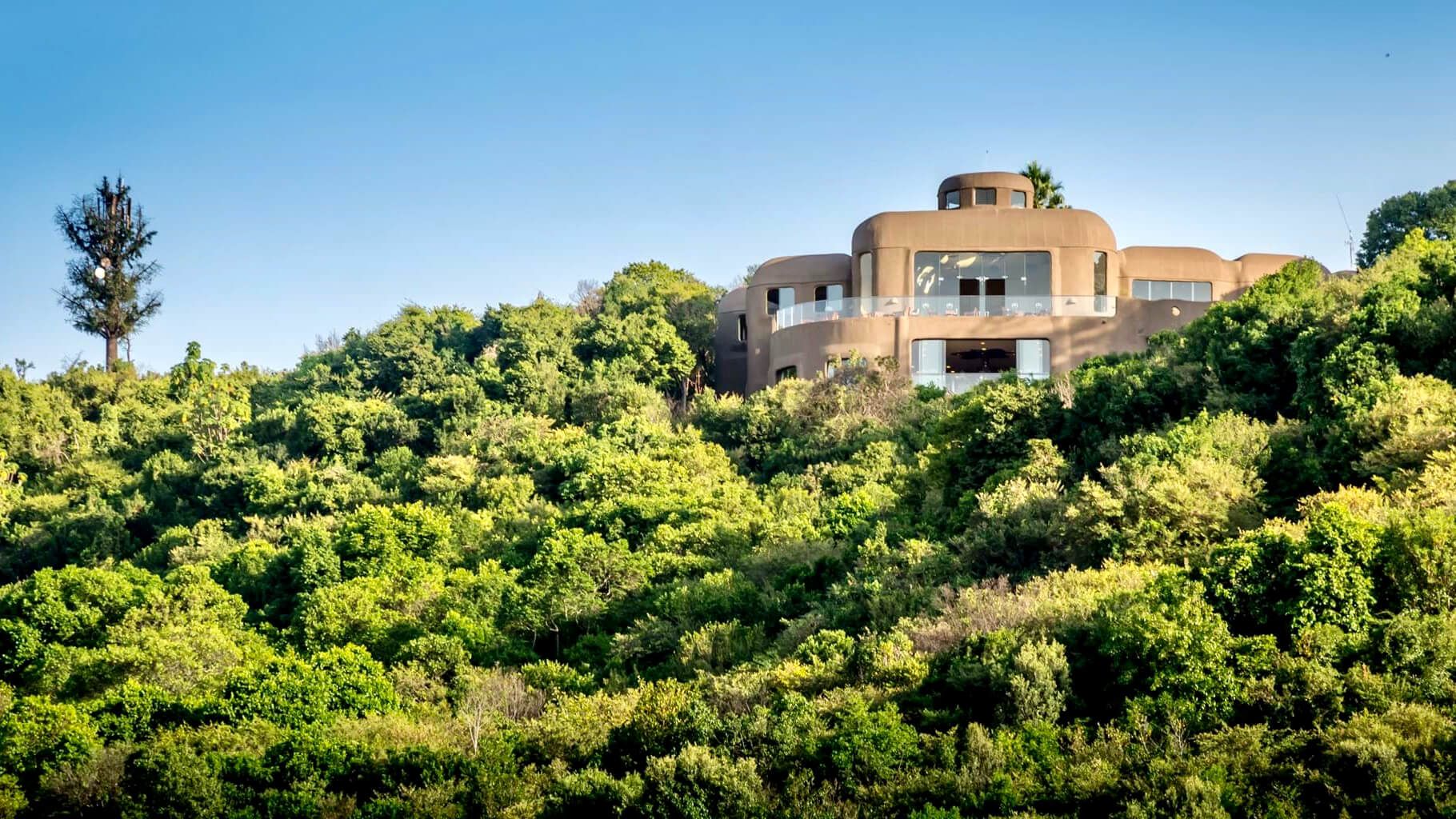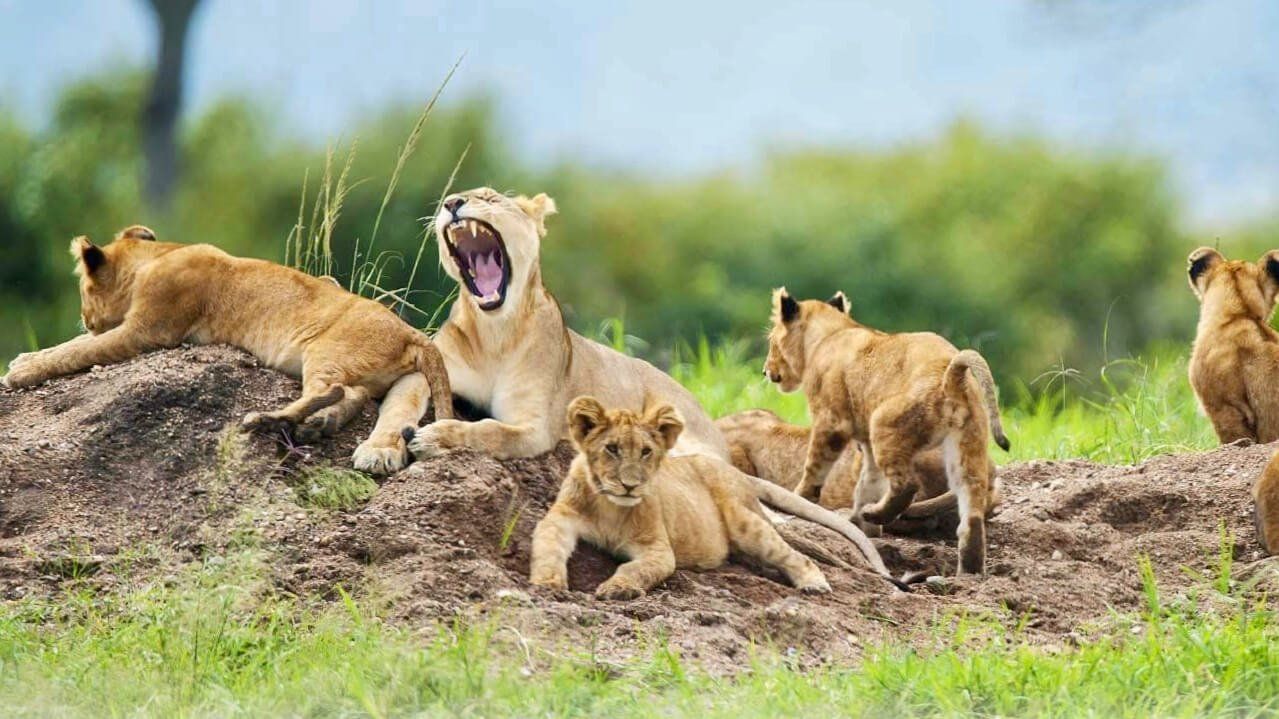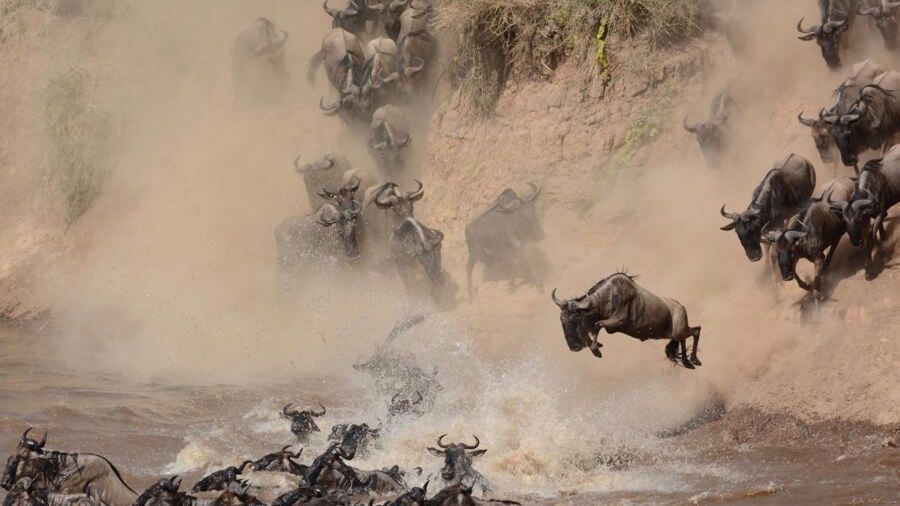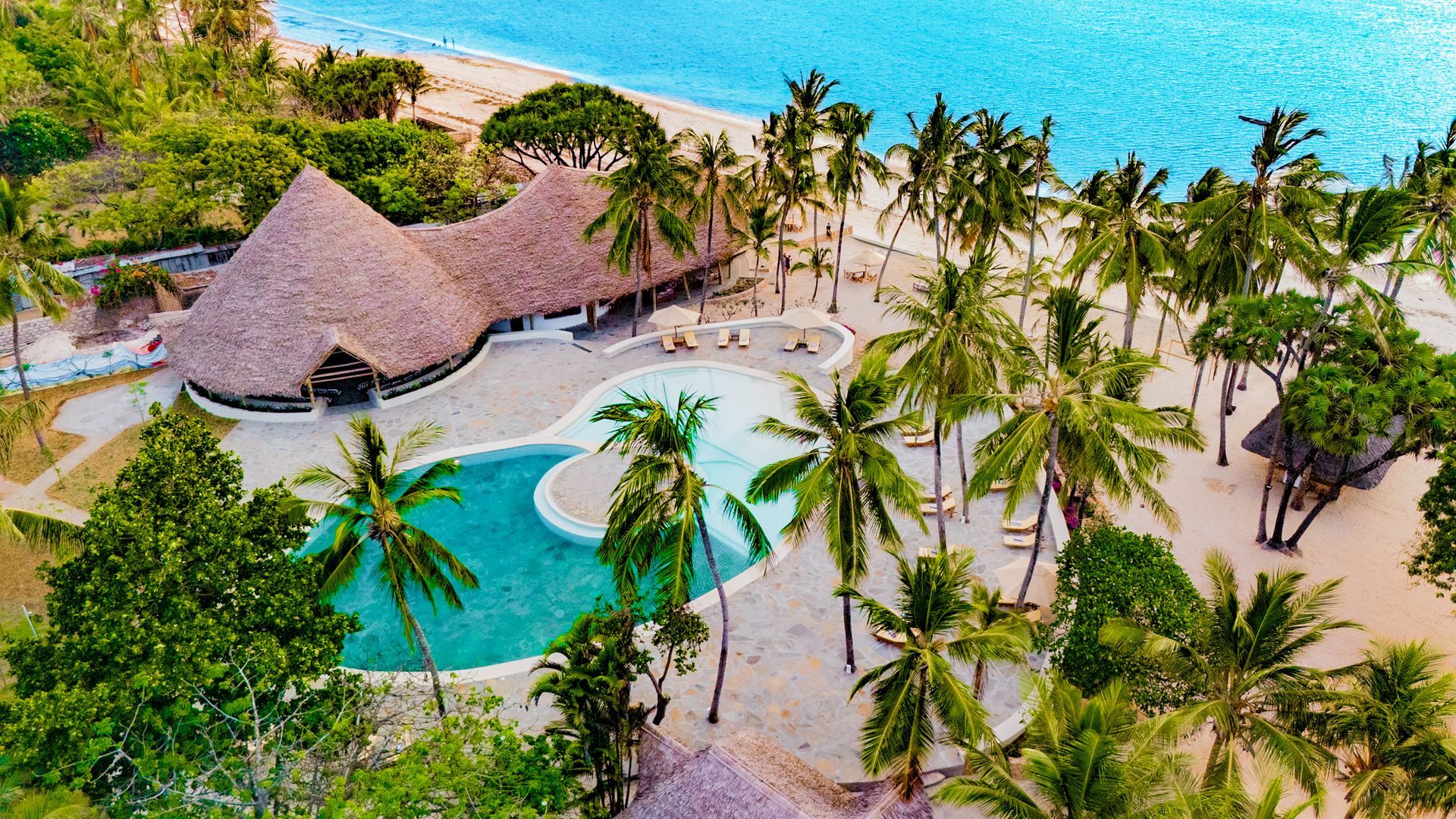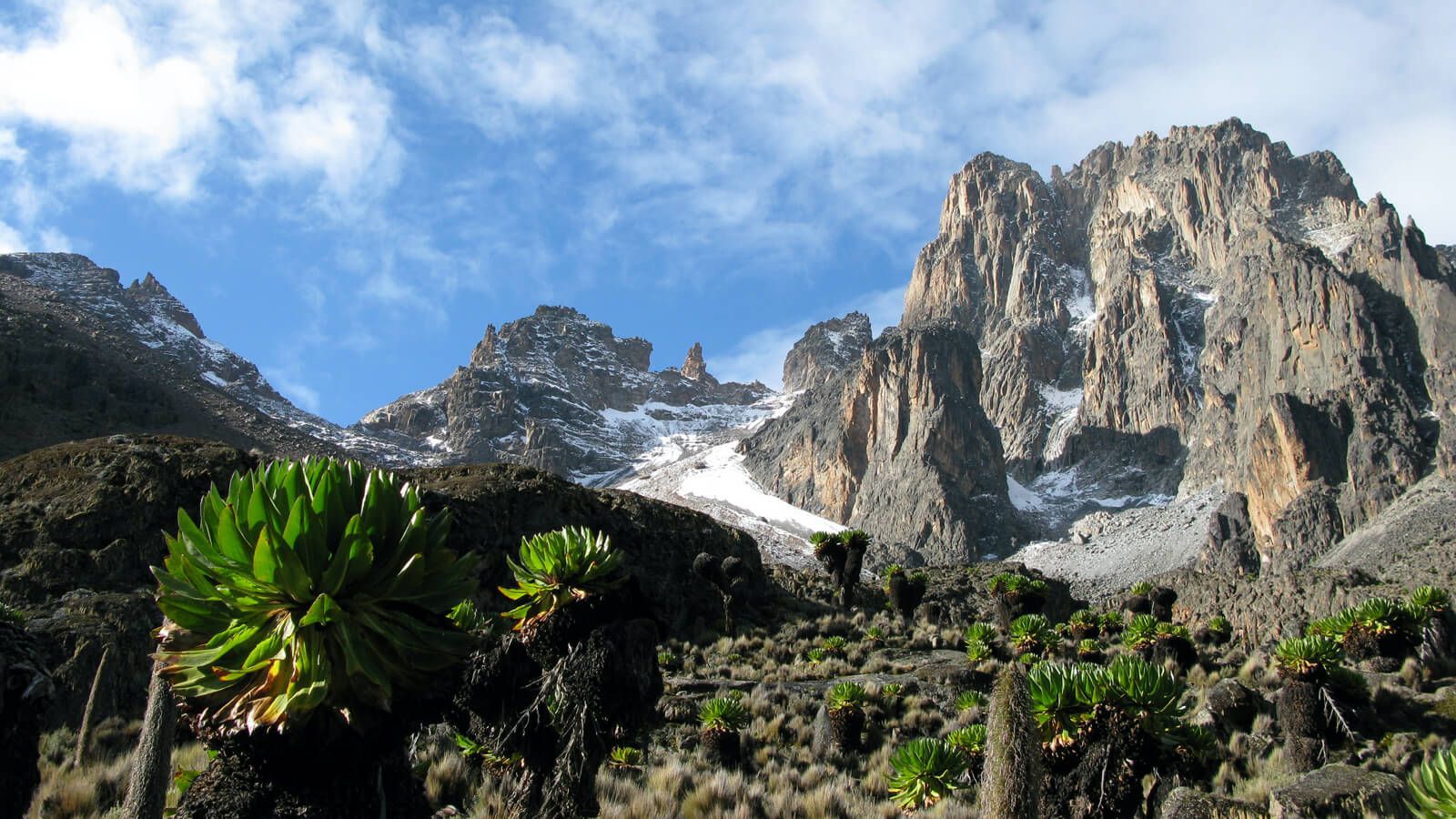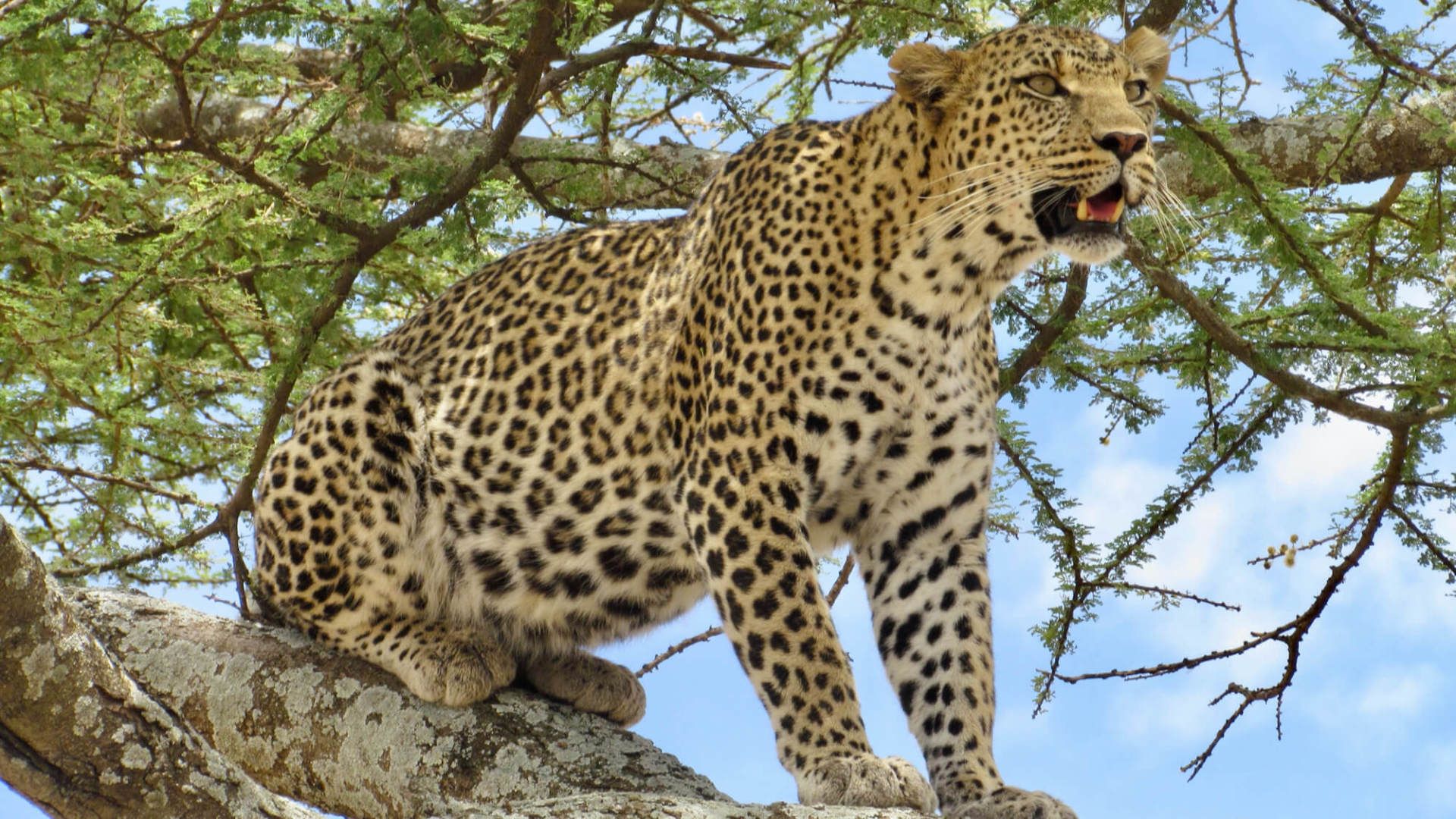Masai Mara Safari
Visit some of Africa's last true wilderness destinations. We start our expedition with visiting Lake Elmenteita - in the heart of the spectacular Great Rift Valley. Then we spend 3-nights in the Masai Mara National Reserve, world-renowned for Big Five sightings and the migration herds residing in the park between July and October . It is an excellent place to witness the migration's river crossings as the herds often cross the Mara river daily.
Itinerary
Dates & Prices
Dates:
Private Safari
Rates:
| SA RESIDENTS: | INTERNATIONAL: | |
|---|---|---|
| Per Person Sharing: | Please contact one of our consultants | Please contact one of our consultants |
- The exchange rate used (bank selling rate): R18.80 to US $1.00
- Please request a quote from our Safari Specialists for the most current rates and availability on our group departures.
- Please treat all pricing as a guide only.
- All rates are subject to increases beyond our control, including fuel price, government taxes and exchange rate fluctuations.
National Parks
Soysambu Wildlife Conservancy
Soysambu is a 48,000 acre Wildlife Conservancy (also a RAMSAR site) - a wetland of international importance. The alkaline lake’s rocky islands are the only East African nesting site for great white pelicans, while its algae and plankton provide food for vast flocks of flamingos and a multitude of other waterfowl, many of them rare. The Conservancy protects over 450 bird species and 15,000 wild animals. Rothschild giraffes (only +/- 300 left worldwide) have found a safe haven for breeding here, while a diverse variety of terrain shelters many species - from herds of giant elands to tiny dik-diks and cliff-dwelling klipspringers.
Masai Mara National Reserve
- Ngama Hills to the east with sandy soil and leafy bushes and loved by black rhinos.
- Oloololo escarpment forming the western boundary and rising to a magnificent plateau.
- Mara Triangle bordering the Mara River with lush grassland and acacia woodlands supporting masses of game, especially migrating wildebeests.
- Central plains form the largest part of the reserve, with scattered bushes and boulders on rolling grasslands favoured by the plain's game.
